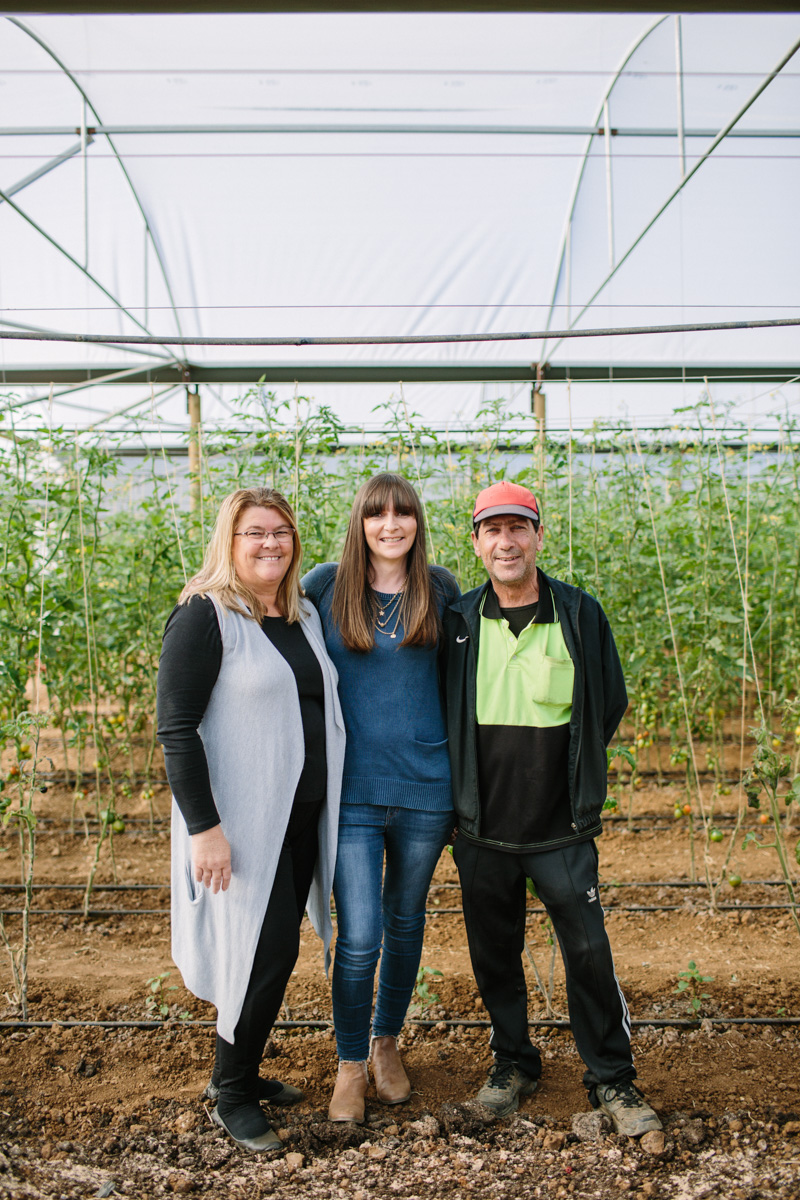This year's Tasting Australia event raised the bar yet again. But more than mere aesthetic upgrades, the festival's Tarndanyangga home created a clever connection between market gardens and up-market dining.
Glasshouse to Glasshouse
Tasting Australia’s 2017 iteration was a mammoth event.
Though its name suggests a broad brush, for the South Australian hospitality industry, Tasting Australia is an opportunity to showcase the incredible produce of our state to visitors and locals alike.
The Glasshouse Kitchen dinner series highlighted the talents of many local chefs and international heavyweights, who all drew inspiration from that produce.
Placing chefs and diners inside a glasshouse for dinner was a conscious choice for Tasting Australia’s event manager, Ross Ganf, who hoped it might give people cause to reflect on the event’s lesser-known heroes.
“Tasting Australia was looking for a unique design concept that was immersive for its consumers and told a narrative for both chefs and producers,” he says.
Margy Abbot knows well the integral link between chef and producer. She plays intermediary between the two through her fruit and vegetable wholesaling business, AMJ Produce.
“I had a lot of talks with chefs, and at one stage one chef said to me ‘I’m an artist and I need more paint for my palette,’” she says.

Heirloom tomatoes on the vine at Waterloo Corner
“We started seeing there were big holes in the market in South Australia, where the eastern states were getting produce that wasn’t available in South Australia, so we saw a big gap.”

Growers Tracy and Tony Carbone, with Margy Abbot from AMJ Produce (centre).
Margy supplies purely to the hospitality industry, and keeping AMJ ahead of the curve requires innovative thinking, and a trusting relationship with growers.
From their glasshouse in Waterloo Corner, Tony and Tracy Carbone work closely with Margy to provide heirloom varietal tomatoes, wild strawberries, and a few up-and-coming crops that, at least to journalists, remain secret.
Tasting Australia returns in 2018 from April 15 – 22
“That’s how we’ve grown our business, just making sure that we’re right on point… if not a little advanced on some things,” Margy says.
AMJ has been responsible for bringing star ingredients into South Australian restaurants, like golden beetroot and yuzu, a Japanese citrus fruit, and for Margy, it’s about providing chefs with the tools to plate up a dynamic experience to their patrons.
“If we’ve got chefs not using that boring, generic medley mix, and they’ve got this beautiful range of obscure, talented, characteristic tomatoes, that’s another win,” Margy says.
“We’re not bringing something into South Australia to fill a hole, we’re creating a market [and] we’re also giving the chefs beautiful produce that is really designed for them.”
Attendees of the Glasshouse Kitchen dinners surely noticed the calibre of the produce on their plates, as did Tasting Australia’s creative director, Simon Bryant.
“It wasn’t surprising that much South Australian produce already featured on visiting interstate chefs’ menus, from our grass-fed meats to native greens and herbs,” he says.
And while the event is over, that produce continues to flow into kitchens locally, interstate, and abroad – because South Australian produce is the kind that captures chefs’ imaginations.





